Kalanchoe: how to care and propagate at home
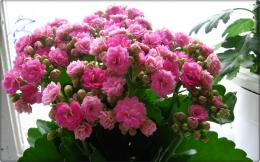
Kalanchoe is a widespread indoor plant from the Crassulaceae family. The natural habitat is South America and Southeast Asia. Over 200 plant species are found in nature.
Content
- Botanical description and main species
- Growing conditions
- Home care
- Formative pruning and propagation
- The most common pests
Botanical description and main species
All types Kalanchoe are succulent plants with fleshy leaves. Their height ranges from 20 to 50 cm. The following types are most often used as indoor crops:
- Blossfeld. A beautifully flowering species native to Madagascar, its height usually does not exceed 30 cm. It is characterized by round leaves with a slightly wavy edge. Depending on the variety, the flowers can be white, red, pink or yellow.
- Degremona. A viviparous species with a height of about 50 cm. It is distinguished by elongated leaves, along the edges of which children are located.
- Dissected. A perennial plant with strongly dissected leaves. It is better known under the popular name “Deer Antlers”.
- Cirrus. Quite a tall look. The height of its stems can easily exceed 80 cm.
- Felt. It is distinguished by heavily pubescent leaves of a silver-green hue.
Growing conditions
All types of Kalanchoe are absolutely undemanding plants. Even a novice gardener can take care of them without any problems.
For successful development, let alone flowering, Kalanchoe requires a large amount of bright sunlight. Therefore, windows facing south and southeast are best suited for growing this crop.
In summer, Kalanchoe tolerates heat very easily. But in winter it is best kept in cool conditions. This will help it form flower buds. Air humidity has virtually no effect on Kalanchoe. This flower grows equally well both in dry air and in conditions of high humidity. But a light spray or a warm shower will only do him good.
Priming
Kalanchoe does not have any special requirements for the composition of the soil. For his growing You can use ready-made soil for succulent plants. If there is no opportunity for purchase, then the soil can be made independently from equal parts of turf soil, peat and sand. For greater looseness, perlite can be added to this mixture.
Home care
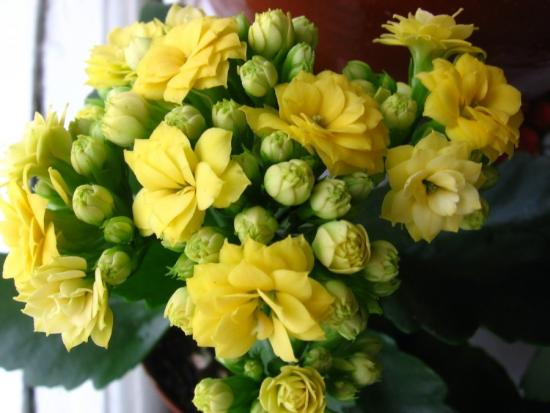
Although the Kalanchoe plant is not demanding, it still cannot live long without proper care. Like all succulents, aloe requires moderate watering during periods of intense growth and scanty watering in winter. It is easier for this plant to endure long-term drought than a single flood. Irrigation water must be soft and settled. If you use tap water for irrigation, the soil becomes salty very quickly, which negatively affects the development of the plant.
Feeding and replanting
With properly composed soil, non-flowering aloe species do not require fertilizing. But beautifully flowering species need to be fed during the period of intensive growth. In them, this contributes to a more abundant formation of flower buds.To do this, you can use any complex mineral fertilizer for indoor plants. It should be diluted according to the attached instructions.
Transplant intensively growing Kalanchoe specimens should be planted annually. It is best to do this in the spring. In this case, the new pot must be slightly larger than the previous one. It must also have drainage.
Formative pruning and propagation
With age, all types of Kalanchoe begin to become bare. This can also occur if the winter is too warm. To preserve the decorative appearance of plants, you can carry out formative pruning. During it, all old and bare shoots are removed. As the young shoots grow, they can also be pinched additionally. This technique will promote better tillering
All types of Kalanchoe can be propagated at home vegetatively. To do this, strong cuttings with several pairs of leaves are cut from adult specimens. Then, depending on the grower’s preferences, they can be rooted in water or soil.
Video describing the original method of propagating Kalanchoe:
To root in the ground, the cuttings are planted in a loose and moisture-absorbing substrate to a depth of no more than 1 cm. To create a greenhouse effect, they can be additionally covered with a plastic bag on top. Under favorable conditions, after 10 days the first roots appear on the cuttings. When rooting in water, the cuttings are placed in a container with boiled water.
It is advisable to place an activated carbon tablet at its bottom. This will prevent putrefactive processes. After the rudiments of their roots appear on the cuttings planted into the soil. Viviparous species can be reproduced with the help of babies.To do this, they are collected from the edge of the leaf plate, and then placed on the surface of a moist and loose substrate.
1 week is usually enough for them to take root. Some types of Kalanchoe, for example, Blossfeld, can be propagated using seeds.
To do this, you need to prepare seed containers with loose, nutritious and sufficiently moisture-absorbing soil. Seeds must be stratified for a month before sowing. To do this, they are mixed with wet sand and placed in the refrigerator.
Sowing is carried out superficially, after which the sowing container is covered with cellophane film. The optimal germination temperature is from 20 to 22°C. After the plants grow five or six true leaves, they are transplanted into separate containers. If this is not done, the development of plants is greatly delayed.
The most common pests
Kalanchoe although rarely, it is still subject to pest attacks. Most often you can find the following types on it.
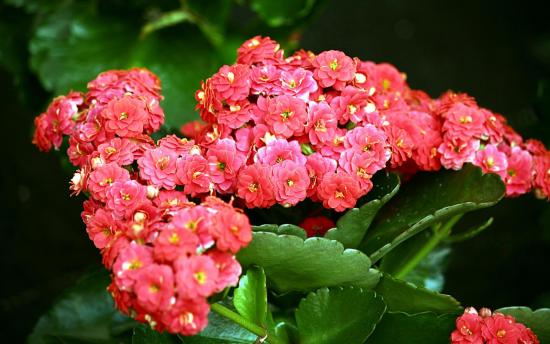
Aphid. A rather small pest that feeds on plant sap. It is very easy to destroy it. In most cases, washing the leaves of the plant once with a solution of laundry soap is sufficient. If there are too many pests, you can use any insecticide.
Whitefly. Quite a dangerous pest of flower and vegetable crops. To destroy it, you need to use insecticidal preparations of systemic action. They have the ability to accumulate in all parts of the plant and therefore have a long period of protective action.

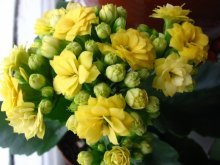
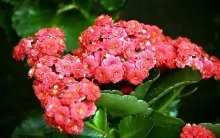
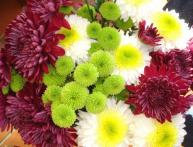

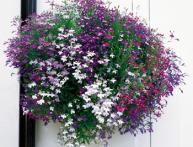
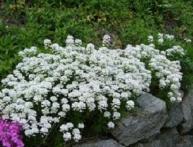

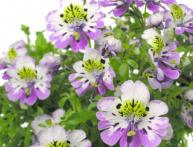
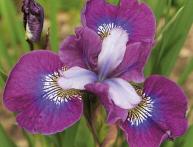
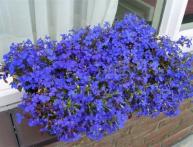
Comments
But for some reason my Kalanchoe never blooms, the plant itself is very fat and green, stands on the south window, grows well, but there have been no flowers for several years. I don’t know what this is connected with and how to make it bloom.